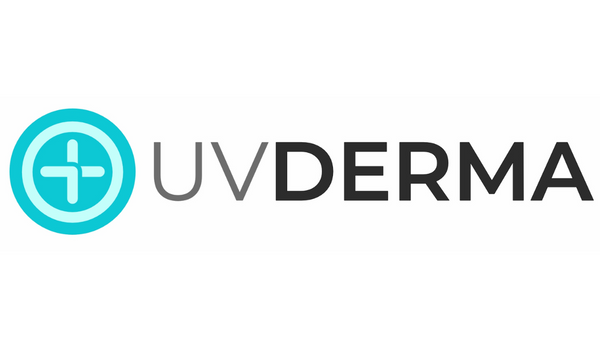Recent research by the University of Manchester found that Psoriasis affects up to 1.7% of the UK population, around 1.1 million people. Psoriasis is a common autoimmune disease where the immune system essentially attacks healthy skin cells. When the immune system attacks skin cells, they reproduce faster, causing a build-up that can affect large parts of the body. The inflammation results in widespread or localised patches forming as a rash, inflamed skin, or psoriasis plaques that can often be itchy or painful.
UVB phototherapy is usually offered in an outpatient clinic at your local hospital dermatology ward. Controlled trials published by the British Medical Journal (BMJ) state that home Phototherapy can be as safe and effective as phototherapy administered in an outpatient setting. In addition, the report states that home phototherapy resulted in a lower burden of treatment and higher patient satisfaction.
Read the full report from the BMJ here…
What is ultraviolet b (UVB) phototherapy?
UV radiation is classified into three types: UVA, UVB, and UVC. Ultraviolet A rays make up around 95% of the UV radiation that reaches the earth's surface, UVB makes up the other 5%, and UVC never reaches the world as our ozone layer absorbs it. The two types that affect our skin are UVA and UVB rays.
Phototherapy is the process of using UV light to treat Psoriasis and other skin conditions. The UV light reduces inflammation and slows skin cell production, resulting in the restoration of normal skin cell growth.
UVA
UVA radiation penetrates deep layers of skin and is more generally associated with skin ageing. UVA light can be used to treat Psoriasis, but the skin must first be prepared with a chemical called psoralen for this to happen.
UVB
UVB rays penetrate the outer layers of skin and are more associated with sunburn. UVB is an effective and more commonly used treatment that requires no additional preparation before treatment.
How does phototherapy work for Psoriasis?
Home and hospital-based phototherapy uses UV light to reduce inflammation and slow down the production of skin cells. Treatment usually happens 2-3 times per week in a hospital setting or every other day at home.
Narrowband UVB rays penetrate the epidermis, or top layers of skin, interfering with DNA on a cellular level, effectively slowing the reproduction rate. A dermatologist or GP will determine exposure or radiation times based on skin type.
Are there any side effects or risks?
The most common side effect of UVB phototherapy is a sunburn reaction. In rare cases, when improperly administered, it can also lead to blistering and with any exposure to UV radiation, there is an increased risk of skin cancer.
When appropriately used, building exposure time gradually and giving the right level of rest between sessions, UVB phototherapy is considered a safe and effective treatment for mid-severe Psoriasis.
When choosing treatment options many people prefer UVB phototherapy over other options including topical steroids or Immunosuppressive drugs due to its effectiveness, length of remission and relatively low risk of adverse side effects.
Does it work?
There is currently no cure for Psoriasis, and unfortunately for the vast majority of sufferers, it will be a lifelong battle to keep the disease at bay.
Out of all skin conditions treated with phototherapy, Psoriasis is the condition that arguably responds best. Many people will experience a vast improvement in their skin, and some can enjoy long term remission from the disease. In other cases, phototherapy might alleviate the symptoms slightly, and other treatment options can be considered.
Many of our customers have left reviews on the effectiveness of our products.
How long will it take to see results?
Each patient will react differently depending on their Psoriasis's severity, type, and location. The vast majority of people will see significant results between 4-8 weeks of treatment, having sessions 3-4 times per week.
How is phototherapy used at home?
Home phototherapy is essentially the same process as if you were in a hospital-based setting; just you don't have to wait months to be seen and have to travel to your local dermatology department three times a week.
Patients will use the instructional manual to determine their skin type and exposure time and begin with their treatment regime. It is recommended that the skin is clean of all creams, perfumes, makeups etc.
Consistency is key with phototherapy, and committing to the process is the best way to get optimal results
A minimum 24-hour interval between each session is recommended.
Summary
Home ultraviolet b (UVB) phototherapy is safe, effective and convenient for most people with Psoriasis. If appropriately used, home-based phototherapy can provide the same benefits as clinic-based treatments whilst lowering the treatment burden.
If you have any questions, please feel free to contact us at any time info@uvderma.co.uk
Disclaimer: This website does not provide medical advice and is not intended to treat, diagnose or prevent any disease. Always seek professional medical advice from your doctor or healthcare provider.

